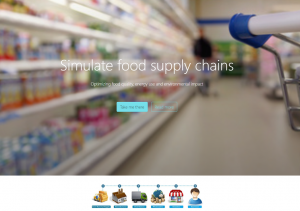In order to provide strategies to achieve zero GHG food chain industry by 2050, the project is providing with tools to enable the mapping of the different available initiatives and mechanisms at both EU and national level. Mapping consists of looking at the current consumer and industry initiatives, financial mechanisms, food standards, and policies & regulations for decarbonization.
The initiatives are categorised by food sector and supply chain stage. These are listed in the following excel file where information is collected in a systematic way, in order to be coded at a second stage.







